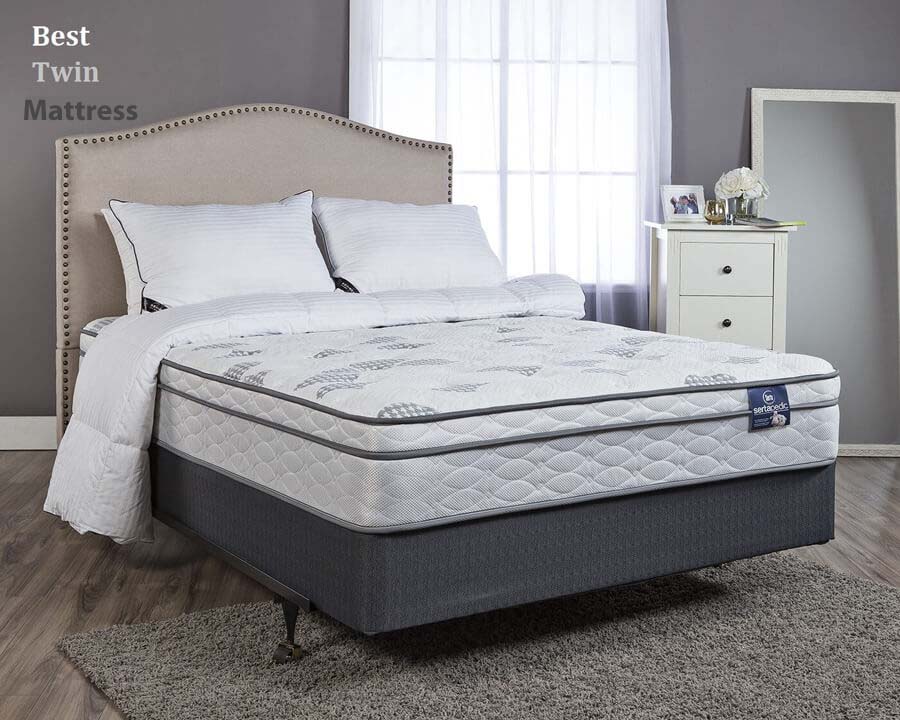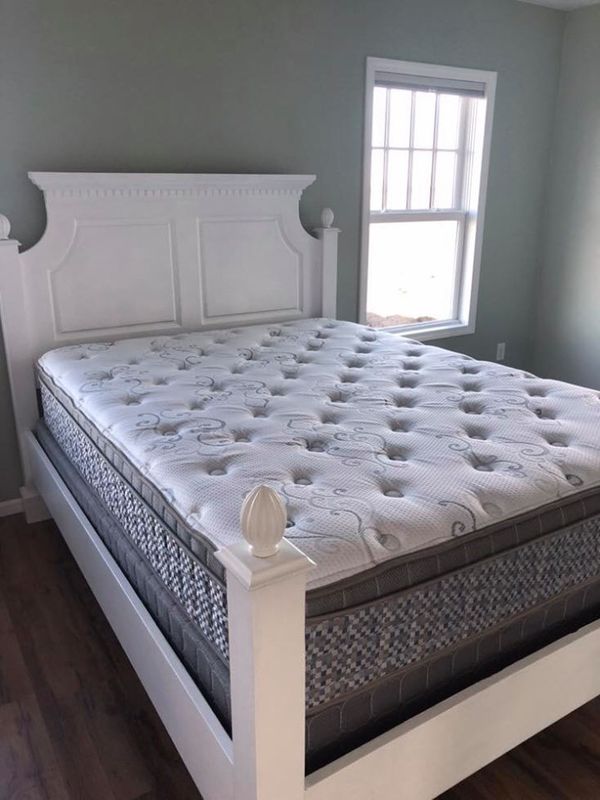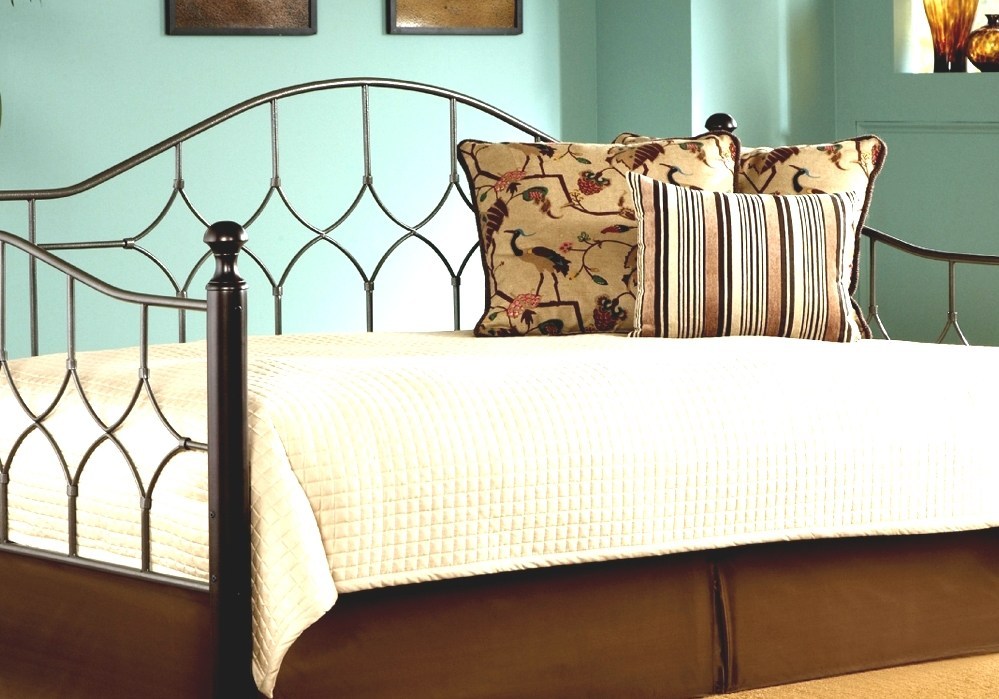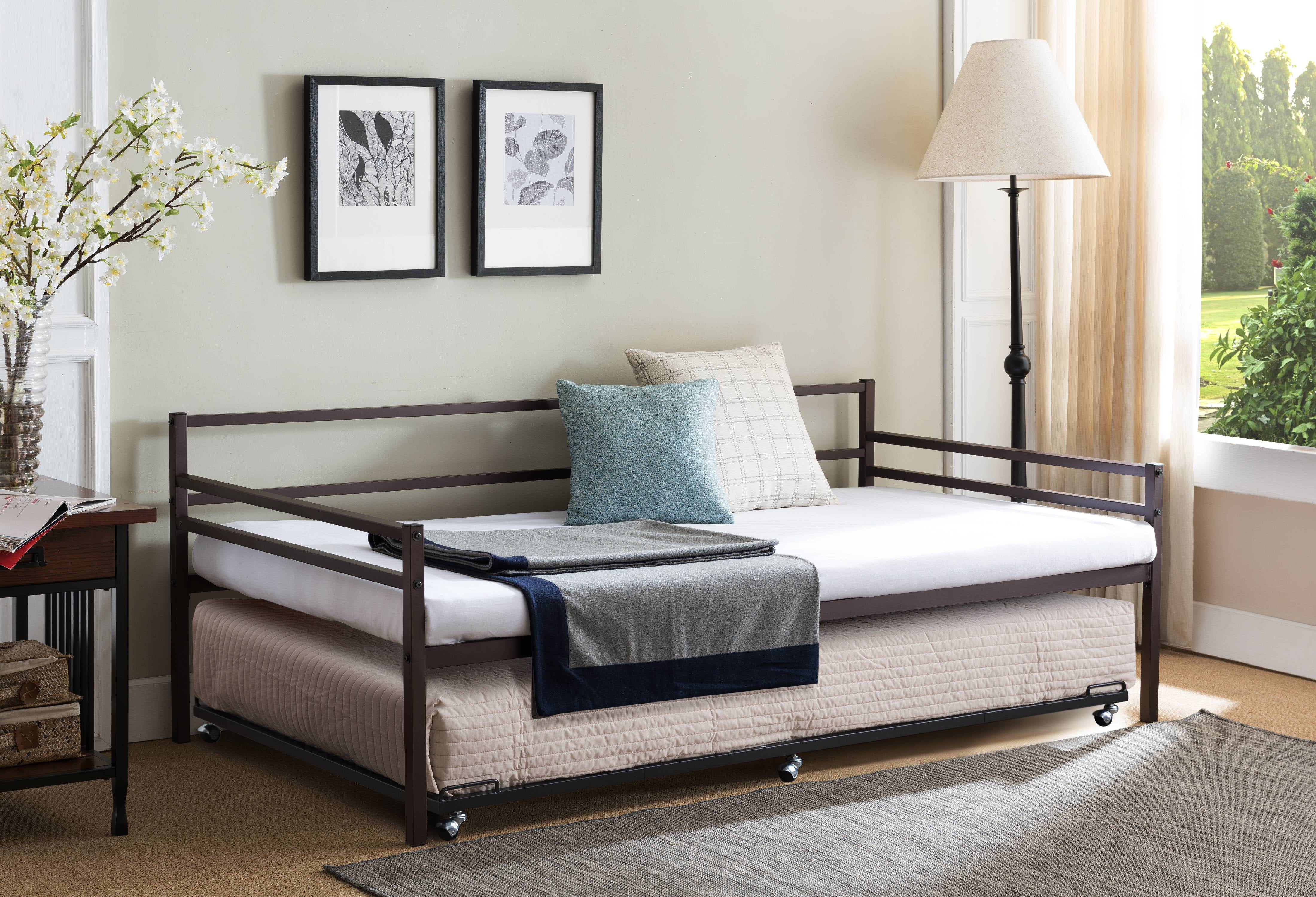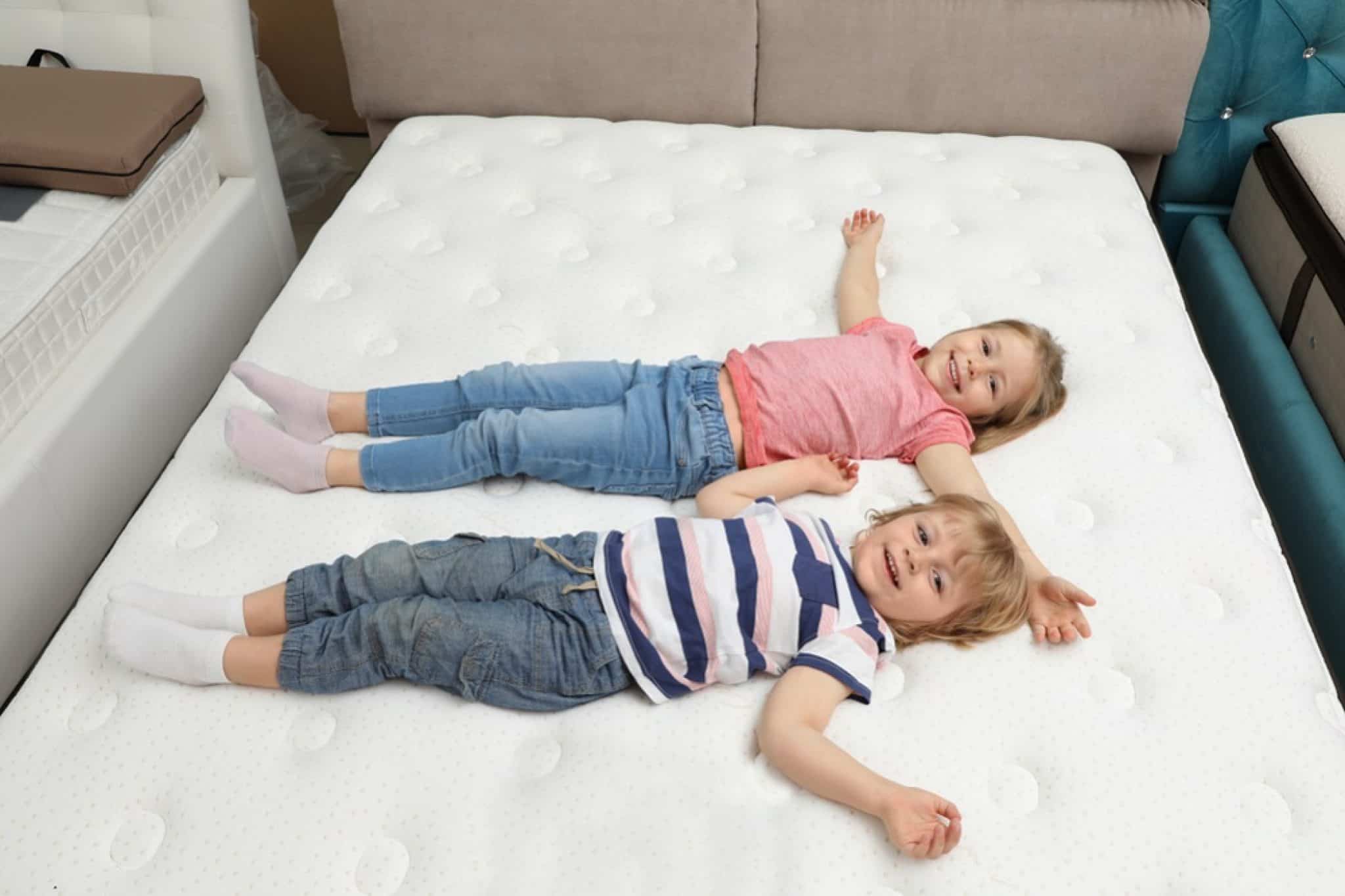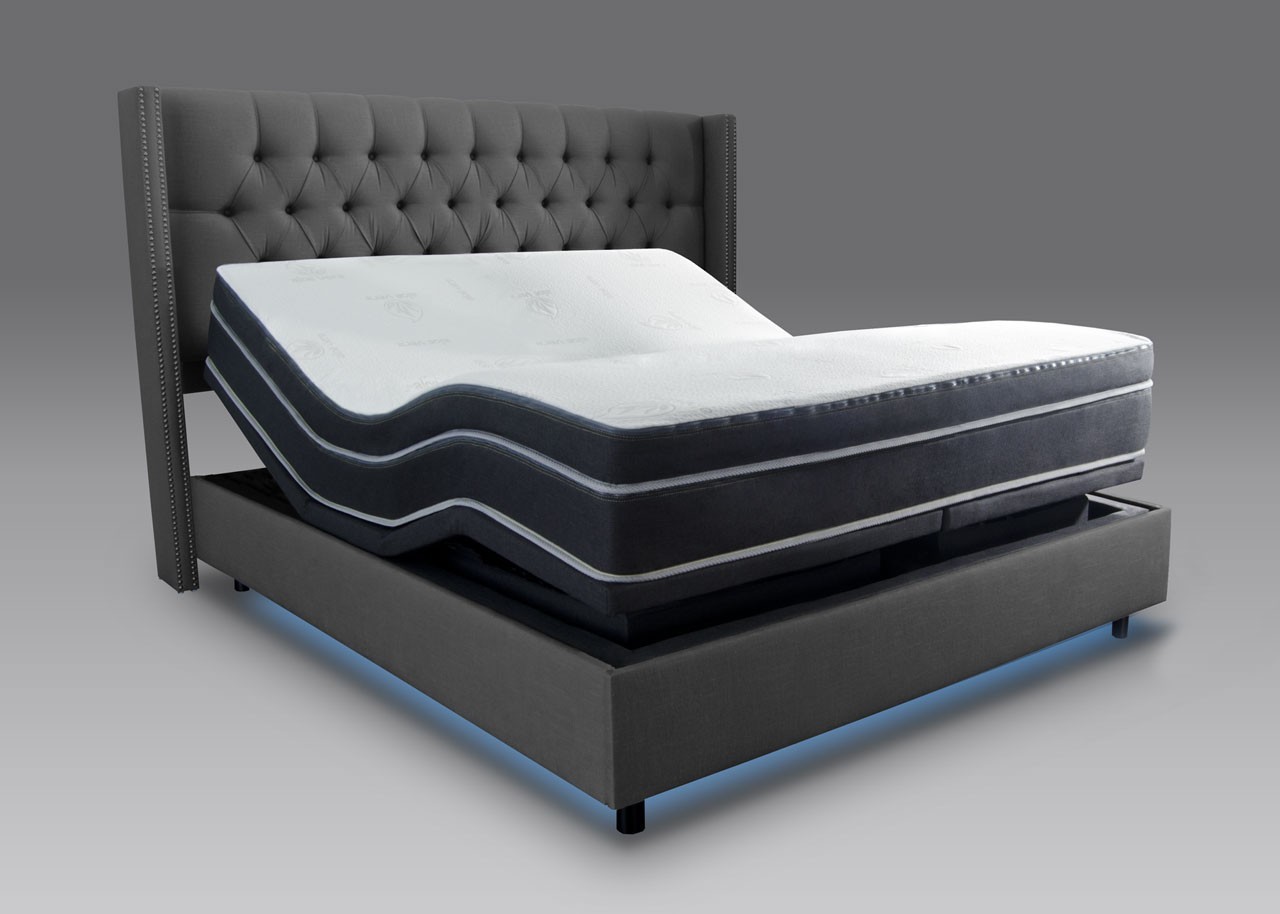The twin mattress is a classic choice for kids' rooms. It measures approximately 38 inches by 75 inches, making it a great option for smaller rooms or for kids who don't need a lot of space to sleep comfortably. This size is also a good choice for bunk beds, trundle beds, and daybeds. It's important to note that there are two types of twin mattresses: regular twin and twin XL. Regular twin mattresses are 75 inches long, while twin XL mattresses are 80 inches long. So if your child is on the taller side, a twin XL may be a better option.1. Twin Mattress
The full mattress, also known as a double mattress, measures approximately 54 inches by 75 inches. This size is ideal for kids who want more room to spread out while they sleep. It's also a great option for growing teenagers who may need a larger bed in the near future. However, it's important to consider the size of the room before choosing a full mattress, as it may take up more space than a twin.2. Full Mattress
A queen mattress measures approximately 60 inches by 80 inches, making it a good option for kids who are already tall or for those who like to have plenty of space to move around while they sleep. It's also a great choice for kids who have outgrown their twin or full mattress and need an upgrade. However, it's important to note that a queen mattress may not fit in smaller rooms, so be sure to measure the space before making a decision.3. Queen Mattress
As mentioned earlier, the twin XL mattress measures 80 inches long, making it a good choice for taller kids or teenagers. It's also a great option for bunk beds or daybeds that require a longer mattress. However, it's important to make sure that the bed frame is also compatible with a twin XL mattress, as some may only fit regular twin mattresses.4. Twin XL Mattress
If you have a bunk bed in your child's room, you'll need to find a mattress that fits the specific size of the bunk bed. Bunk bed mattresses are typically either twin or full size, so be sure to measure the bed before purchasing a mattress. It's also important to consider the thickness of the mattress, as some bunk beds may have weight restrictions.5. Bunk Bed Mattress
A daybed can serve as both a seating area and a bed, making it a versatile piece of furniture for a child's room. When choosing a mattress for a daybed, it's important to consider the size of the bed frame and the intended use. If the daybed is used more for sitting than sleeping, a thinner mattress may be more comfortable.6. Daybed Mattress
Similar to a daybed, a trundle bed also serves as both a seating area and a bed. The main difference is that a trundle bed has a pull-out bed underneath the main bed frame, making it a great space-saving option for sleepovers or siblings sharing a room. When choosing a trundle mattress, consider the size of the main bed and the intended use for the trundle bed.7. Trundle Mattress
A toddler mattress is specifically designed for young children who have outgrown their crib but are not quite ready for a twin or full size bed. These mattresses are typically smaller in size, measuring around 27 inches by 52 inches. They are also thinner and firmer than regular mattresses, making them a safe and comfortable option for little ones.8. Toddler Mattress
For babies and young toddlers, a crib mattress is the best option. These mattresses are specifically designed to fit in standard-sized cribs and provide a safe and comfortable sleeping surface for infants. When choosing a crib mattress, be sure to look for one that is firm and fits snugly in the crib frame to prevent any gaps or suffocation hazards.9. Crib Mattress
If your child has a medical condition or needs additional support while sleeping, an adjustable bed may be a good option. These beds allow for customizable positioning, and therefore require a specific type of mattress that can bend and adjust with the bed frame. It's important to check the compatibility of the mattress with the specific adjustable bed before making a purchase.10. Adjustable Bed Mattress
Why Mattress Size Matters for Your Kids' Health

Importance of a Proper Mattress Size
 Choosing the right mattress size for your child is not just about fitting their bed and room. It can significantly affect their overall health and well-being. As children grow and develop, they need proper support and comfort for their growing bodies. This is where the right mattress size can make a big difference.
Choosing the right mattress size for your child is not just about fitting their bed and room. It can significantly affect their overall health and well-being. As children grow and develop, they need proper support and comfort for their growing bodies. This is where the right mattress size can make a big difference.
The Recommended Mattress Size for Kids
 The recommended mattress size for kids depends on their age and size. For toddlers and young children, a
twin or twin XL mattress
is often the best option. These sizes provide enough space for their small bodies while also leaving room for growth. As children enter their teenage years, a
full or queen size mattress
may be more suitable. These sizes offer more space for their growing bodies and can accommodate them well into their adult years.
The recommended mattress size for kids depends on their age and size. For toddlers and young children, a
twin or twin XL mattress
is often the best option. These sizes provide enough space for their small bodies while also leaving room for growth. As children enter their teenage years, a
full or queen size mattress
may be more suitable. These sizes offer more space for their growing bodies and can accommodate them well into their adult years.
The Impact of a Wrong Mattress Size
 Choosing the wrong mattress size for your child can have negative consequences on their health. A mattress that is too small can lead to a cramped and uncomfortable sleeping space. This can result in poor sleep quality and even back pain and discomfort. On the other hand, a mattress that is too large can make it difficult for children to move and adjust positions, leading to restless sleep and discomfort. It is important to find the right balance and choose a mattress size that is suitable for your child's age and size.
Choosing the wrong mattress size for your child can have negative consequences on their health. A mattress that is too small can lead to a cramped and uncomfortable sleeping space. This can result in poor sleep quality and even back pain and discomfort. On the other hand, a mattress that is too large can make it difficult for children to move and adjust positions, leading to restless sleep and discomfort. It is important to find the right balance and choose a mattress size that is suitable for your child's age and size.
Other Factors to Consider
 Aside from the size of the mattress, there are other factors to consider when choosing the right one for your child. The
firmness
of the mattress is crucial for proper support and comfort. For younger children, a firmer mattress is recommended to support their developing bodies. As they get older, a slightly softer mattress may be more suitable. It's also important to consider the
materials
used in the mattress, as some may be more suitable for children with allergies or sensitivities.
Aside from the size of the mattress, there are other factors to consider when choosing the right one for your child. The
firmness
of the mattress is crucial for proper support and comfort. For younger children, a firmer mattress is recommended to support their developing bodies. As they get older, a slightly softer mattress may be more suitable. It's also important to consider the
materials
used in the mattress, as some may be more suitable for children with allergies or sensitivities.
Investing in Your Child's Health
 Choosing the right mattress size for your child is an investment in their health and well-being. It can help improve their sleep quality, promote proper development, and prevent potential health issues. Take the time to research and find the best mattress size for your child, and you will see the benefits in their overall health and happiness.
Choosing the right mattress size for your child is an investment in their health and well-being. It can help improve their sleep quality, promote proper development, and prevent potential health issues. Take the time to research and find the best mattress size for your child, and you will see the benefits in their overall health and happiness.
In Conclusion
:max_bytes(150000):strip_icc()/284559-article-a-guide-to-the-standard-crib-mattress-size-5ac50d3ac5542e0037d552d1.png) The right mattress size is essential for your child's health and well-being. Consider their age, size, and other factors when choosing the right size for their mattress. Investing in a proper mattress size for your child is investing in their future. Make sure to regularly check and replace their mattress as they grow and develop to ensure they always have the right support and comfort for a good night's sleep.
The right mattress size is essential for your child's health and well-being. Consider their age, size, and other factors when choosing the right size for their mattress. Investing in a proper mattress size for your child is investing in their future. Make sure to regularly check and replace their mattress as they grow and develop to ensure they always have the right support and comfort for a good night's sleep.



